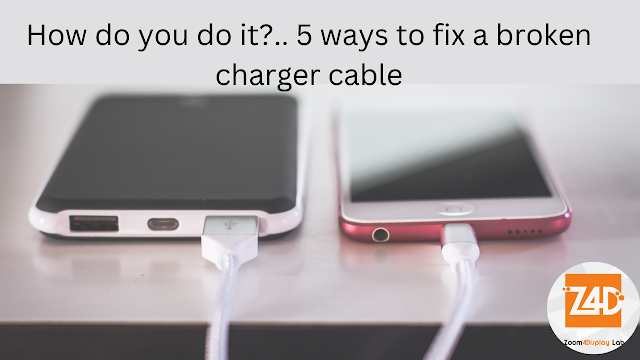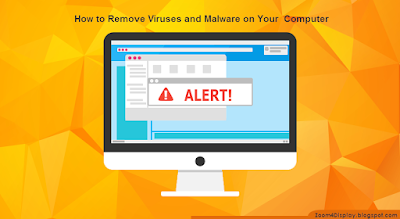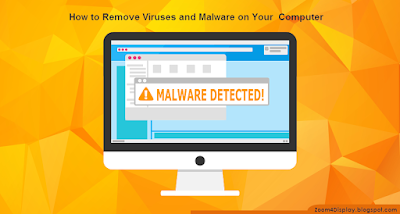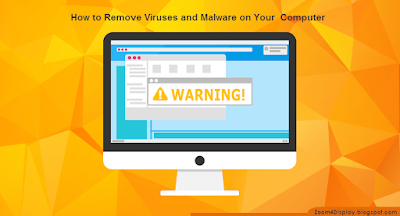- July 20242
- May 20243
- August 20232
- June 20235
- May 20232
- April 20231
- March 20233
- February 20234
- January 20234
- December 20224
- November 20223
- October 20222
- September 202210
- August 20221
- July 20222
- June 20226
- May 202212
- April 202213
- March 202219
- February 202217
- January 202218
- December 202119
- November 202118
- October 202132
- September 202135
- August 202138
- July 202143
- February 20213
- January 20217
- December 20208
- November 20206
- October 20208
- September 20208
- August 20208
- July 20208
- June 20206
- April 20194
- March 20194
Labels
- Affiliate
- Affiliate Marketing
- Android
- Bitcoin
- blogger Tutorial
- Cashback
- Computer
- Crypto
- Cryptocurrency
- DIY Tutorials
- Earn Money
- Ecommerce
- Email MArketing
- facebook tutorial
- Family
- Gadgets
- Gamer and Console
- Hobbies and skills
- Home and backyard
- Home building
- Home electronics
- Home furnitures
- Home Gardening
- Homework
- House care
- How to
- How to build
- How to write
- infos
- Insurance
- internet
- Internet and security
- internet Marketing
- internet Services
- Investing
- iphone
- KDP Interior Templates
- Life Care
- life Hacks
- Linux Tutorial
- Mac
- make Money
- Online Solutions
- Pet care
- Products Review
- Reviews
- Search Engine
- Security
- SEO
- shopping
- Smart Home
- smartphone
- social media
- Software Tutorial
- SSEO
- Tech Problem
- VPN
- Wallet and Money
- Web Hosting
- Web Tutorials
- Windows
- work
- Work online
- Youtube Review
- Youtube Tutorial
- Youtubers Tutorials
Dealing with visitors links in blogger comments Are you bothered by the links that visitors put inside your blog comments? I will offer you a set of solutions to deal with it without having to delete it. The comments section affects one way or another the arrangement of your blog and the strength of its archiving. We know that one of the simplest ways to bring visits to the site is to publish its link in a group of places, including comments. This strategy is usually beneficial to the comment owner, but it is likely to be harmful to the owner of the site as losing visitors instead of browsing the rest of the content. Perhaps some will ask a question why I do not delete the comments in which the links are manual, the reason is simply that sometimes visitors add comments related to the post and of high quality, but add defamatory links to it, in this case, we do not want to delete all the comment, but we want to hide the link only. I will present to you a set of different scripts, each o...
10 Best Video Editing App For smartphone
with Video Editors Apps you can edit videos for better quality like its brightness, contrast, orientation, or, you'll want to feature something to form the photos look catchy and make it more fantastic. Video content is on the increase . Especially when it involves promoting products to customers. Video editing apps are one among the heaviest tasks that a tool can perform. a touch Video editing can dramatically increase the impact of your film. You might have already got a high-quality camera built into your smartphone, but editing your raw footage and preparing it for publication requires a third-party mobile video editing apps. Best Video Editing App For Android and iphone 1. Adobe Premiere Rush An app which has made a distinct segment for itself within the arena of video editing apps. This too may be a free app which helps you to craft high-quality videos at a really fast rate. This app features a sort of music, effects, and tools which can facilitate in your video editi...
Best money saving tips for student
Best money saving tips for student It is easy to induce caught within the rush of things once you are in college. within the midst of studying, part-time jobs, socializing and extracurricular activities that you simply have, you're presumably to forget one among the foremost important things, which is straightening out your finances. Here are some recommendations on how you'll economize as a student: 1. Plan ahead. If possible, do that even before you progress into your dormitory . Check if you're eligible for scholarships and other grants before signing up for any sort of student loan. Construct a income . First, where does one expect to get money from? Make an inventory of your “income”, be it from your parents, your student loan or your part-time job. Then forecast your expected monthly or weekly expenses for food, books, etc. Once you've got put aside a budget, be strict with yourself and stick with it. You will never know what unexpected e...
قائمة الأكثر شعبية
The Power of Savings with TopCashback
In an era where online shopping has become an integral part of our daily lives, finding ways to save money is more important than ever. TopCashback.com is a game-changer in this realm, offering a robust platform where consumers can earn cashback on their purchases. But what sets TopCashback apart from other cashback websites? Let’s dive deep into the features, benefits, and unique offerings that make TopCashback a standout choice for savvy shoppers. To Explore it click here What is TopCashback? TopCashback is a leading cashback website that allows users to earn a percentage of their purchase amount back when they shop through the platform. Founded in 2005 in the UK, TopCashback has expanded its services to the United States and has become one of the most popular cashback sites globally. The core principle of TopCashback is to pass on as much cashback to its members as possible, making it a favorite among frugal shoppers. How Does It Work? The process of earning cashback wit...
How do you do it?.. 5 ways to fix a broken charger cable
If you are after problems with your faulty charger, there are some tricks you can try to fix it, before you go out and buy a new charger, you just have to know the common issues you might deal with if you want to troubleshoot effectively, here are some tips to help you fix the charger The unemployed, according to the "business insider" website. Check port Sometimes the problem lies in the port, not the charger itself. First, you must: • Try using a different port. • Press the reset button on your port, if you have one. • Reset the tripped circuit breaker in the fuse box. • Make sure that the light switch that controls the port is on, if possible. Check the cable and port Cable connections can also be the source of the problem if they are not connected correctly. To rule this out and possibly fix the problem, try disconnecting the cord from both the charging port and the device and then plug them back in. Make sure the connections are secure and fully connecte...
using Shaving Cream to Keep Your Bathroom Mirror Fog-Free
using Shaving Cream to Keep Your Bathroom Mirror Fog-Free Not everybody is lucky adequate to remain somewhere with a restroom that incorporates an effective fan-or any exhaust fan in the least. This approach that getting out of the bathe seems like you're taking walks out right into a room instead of your restroom. But notwithstanding the steam dissipates, there's a terrific hazard that the mirror can still be foggy. And if you're performing some issue that demands the reflect-like brushing your teeth, haircare your hair, or shaving-you square measure confronted with having to wipe it down alongside your hand or a towel (however it extremely is currently not best each, thanks to the very fact then the mirror is just damp and streaky). As it seems, there's a way to avoid wasting your mirror from fogging up, and it includes some issue that you simply might have already got on your toilet: suds. Here's what to appreciate just about the family hack. How to apply suds ...
Natural ideas and recipes to perfume your bedroom!
The bedroom is the place we go to after a long and stressful day, so we always make sure that it smells fragrant and comfortable, but most air fresheners are full of harmful chemicals, which we do not want to inhale during our sleep, in this article are some easy ideas to implement to perfume the bedroom in ways Natural and safe. 1- When cleaning Take care to open the windows in the room daily to allow the air to be renewed in the room, and direct sunlight helps kill bacteria, which cause unpleasant odors. Change the bedsheets at least once a week, and preferably when making the bed daily, lift the sheets completely to allow air to circulate to the mattress for 30 minutes, thus reducing any chance of bacteria and mold buildup. Take some clean cloths and store them in a glass jar with some lemon slices, and use them to remove dust to add a fresh scent to the room. Use the broom to give a fragrant scent to the room by placing a cotton swab dipped in any aromati...











